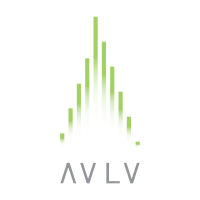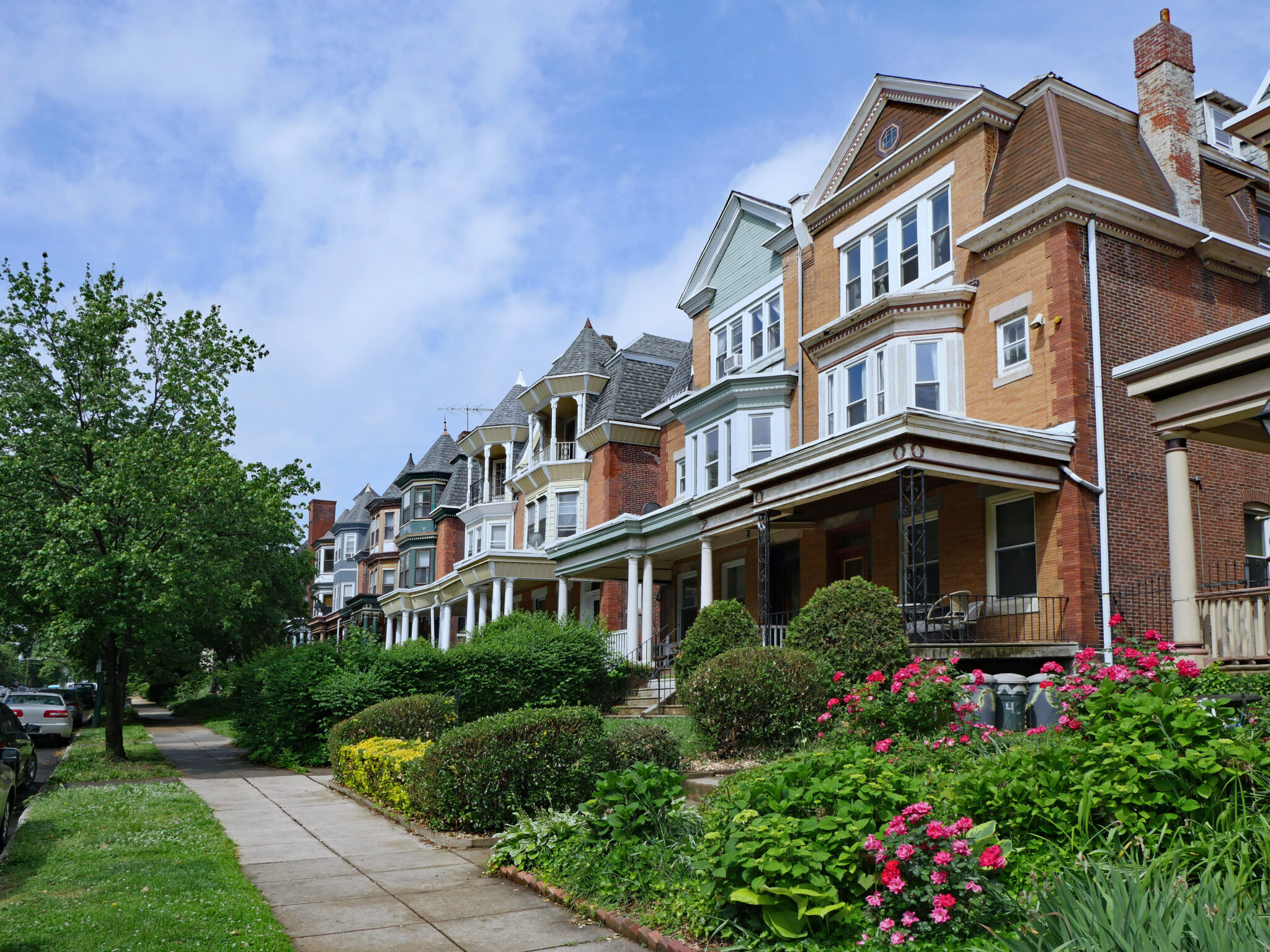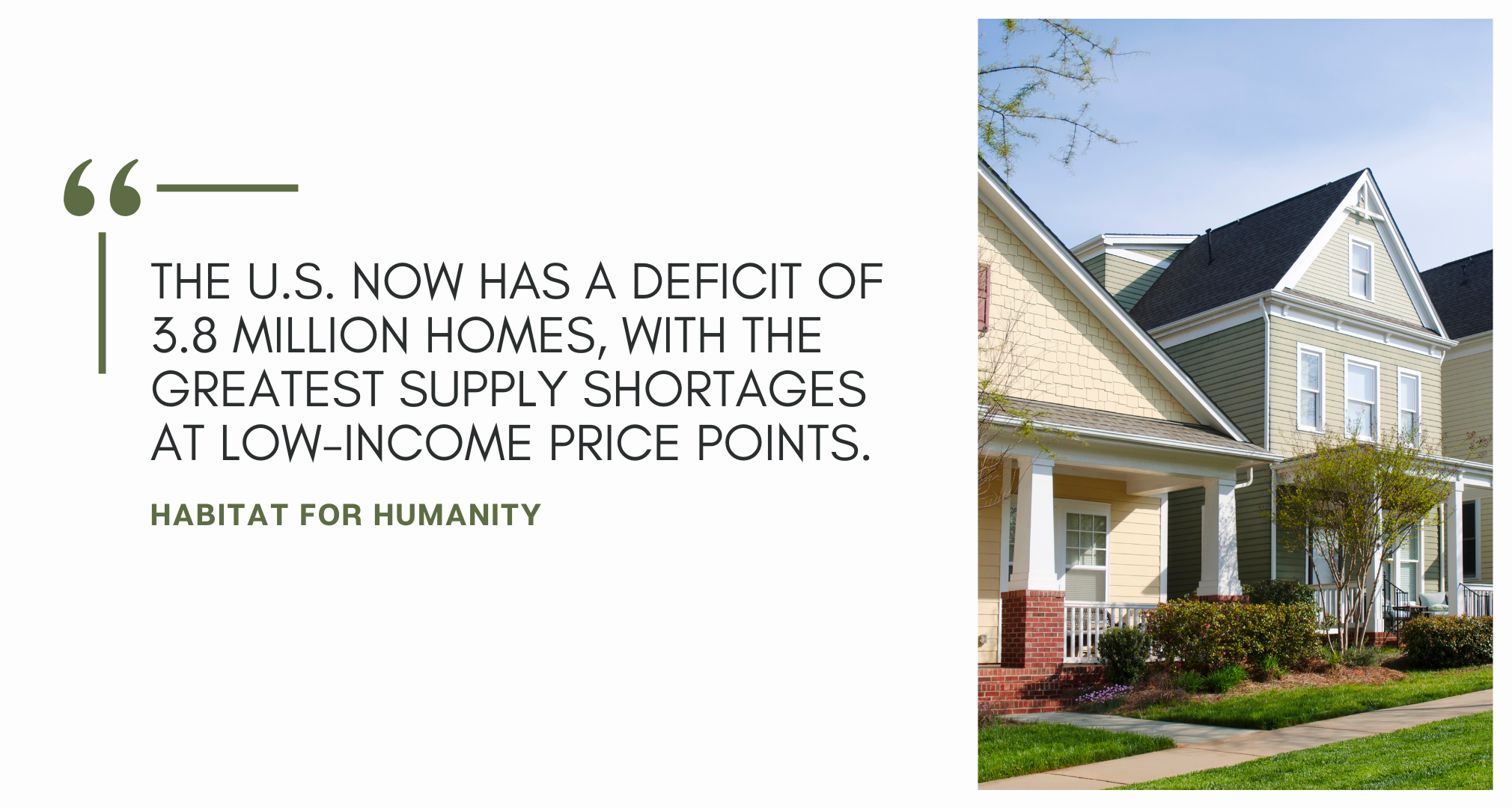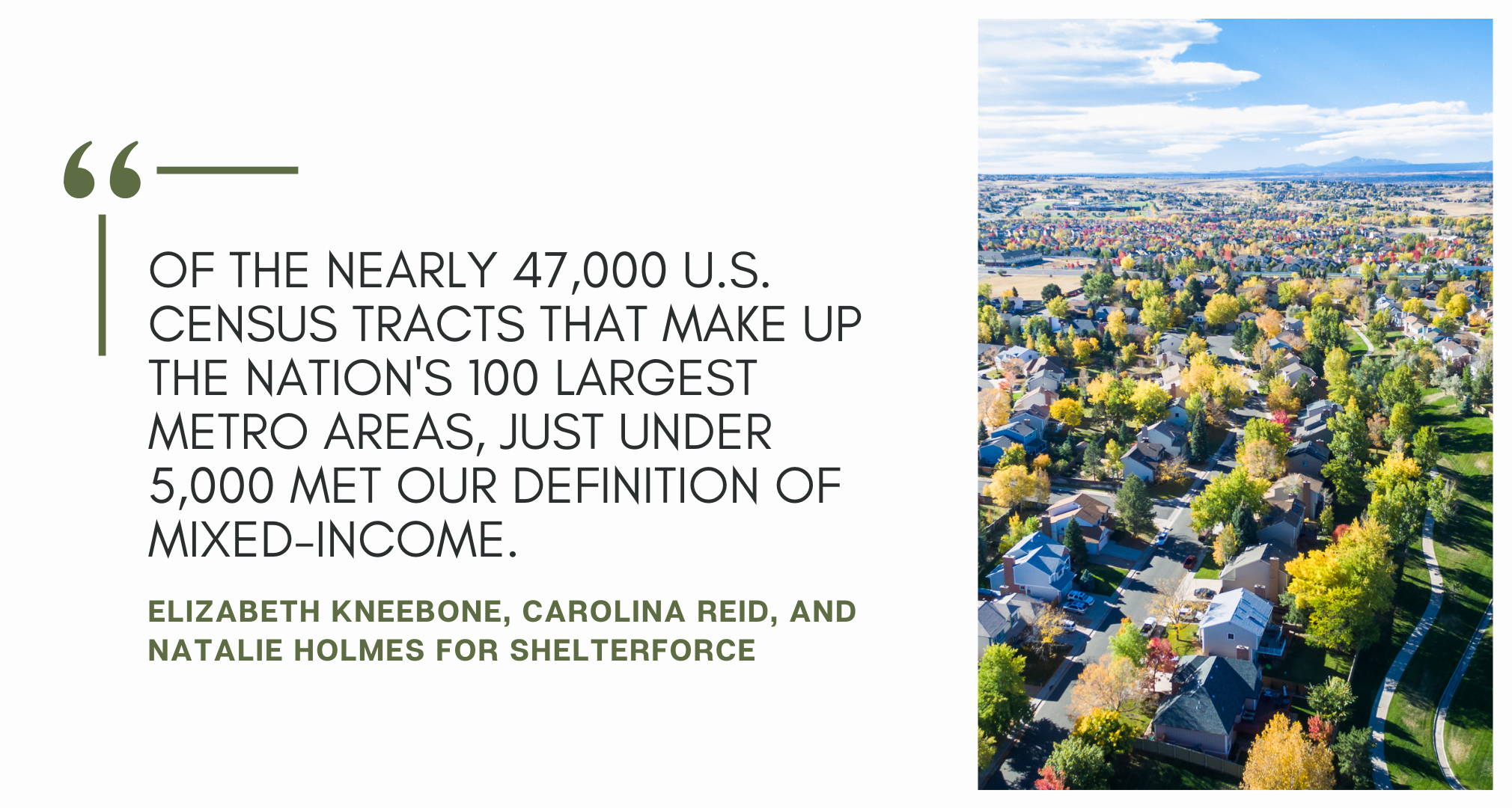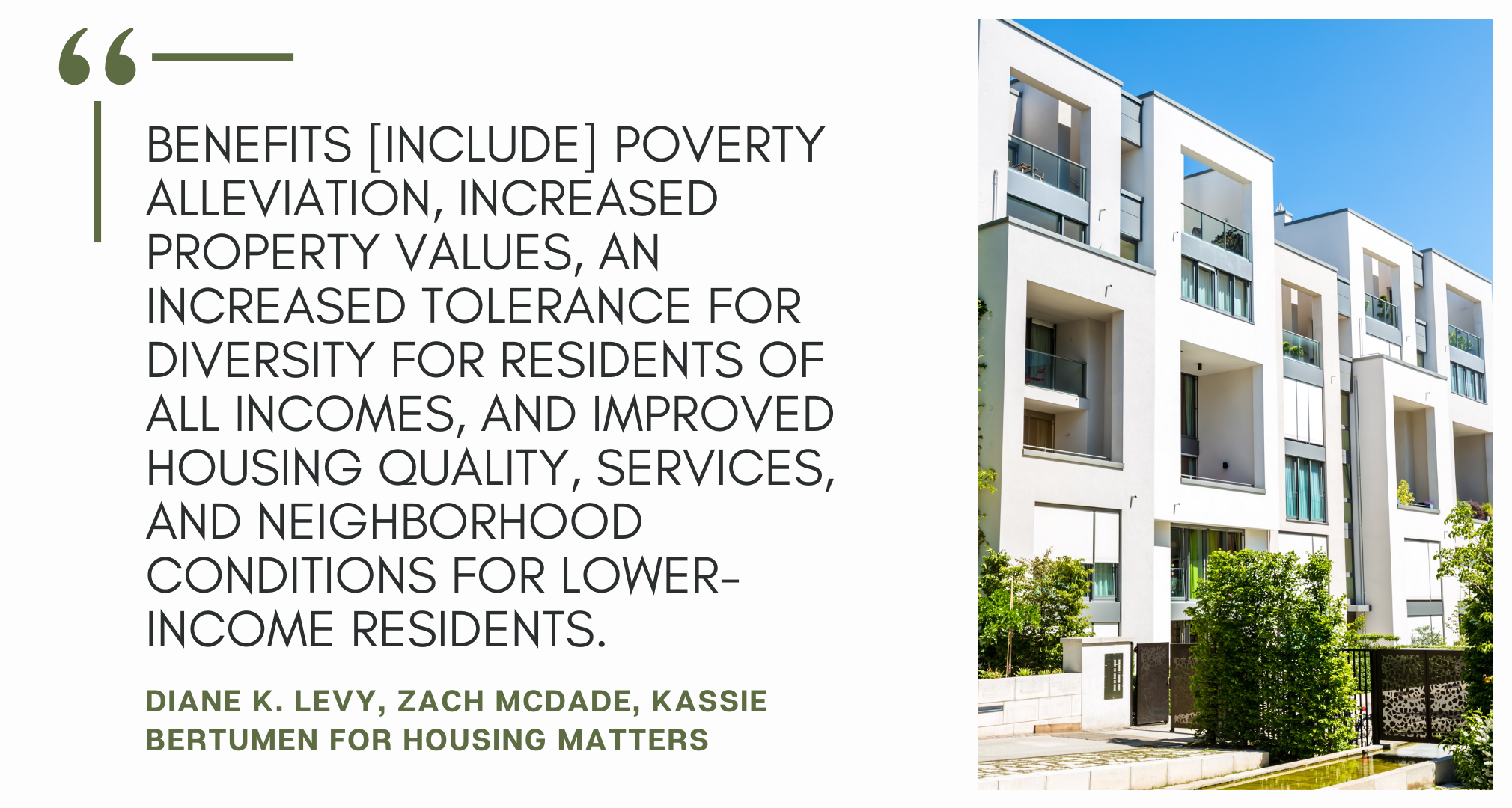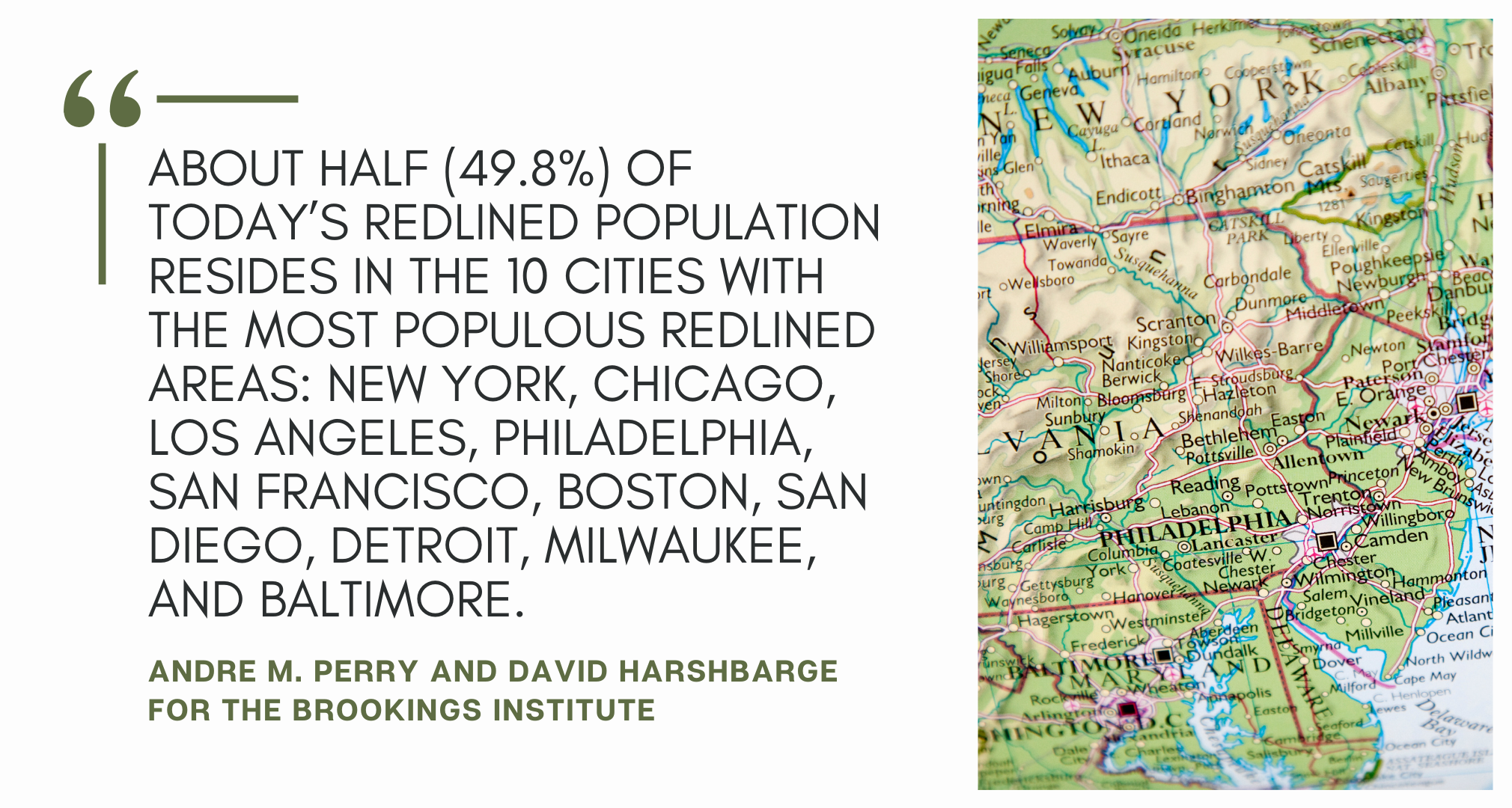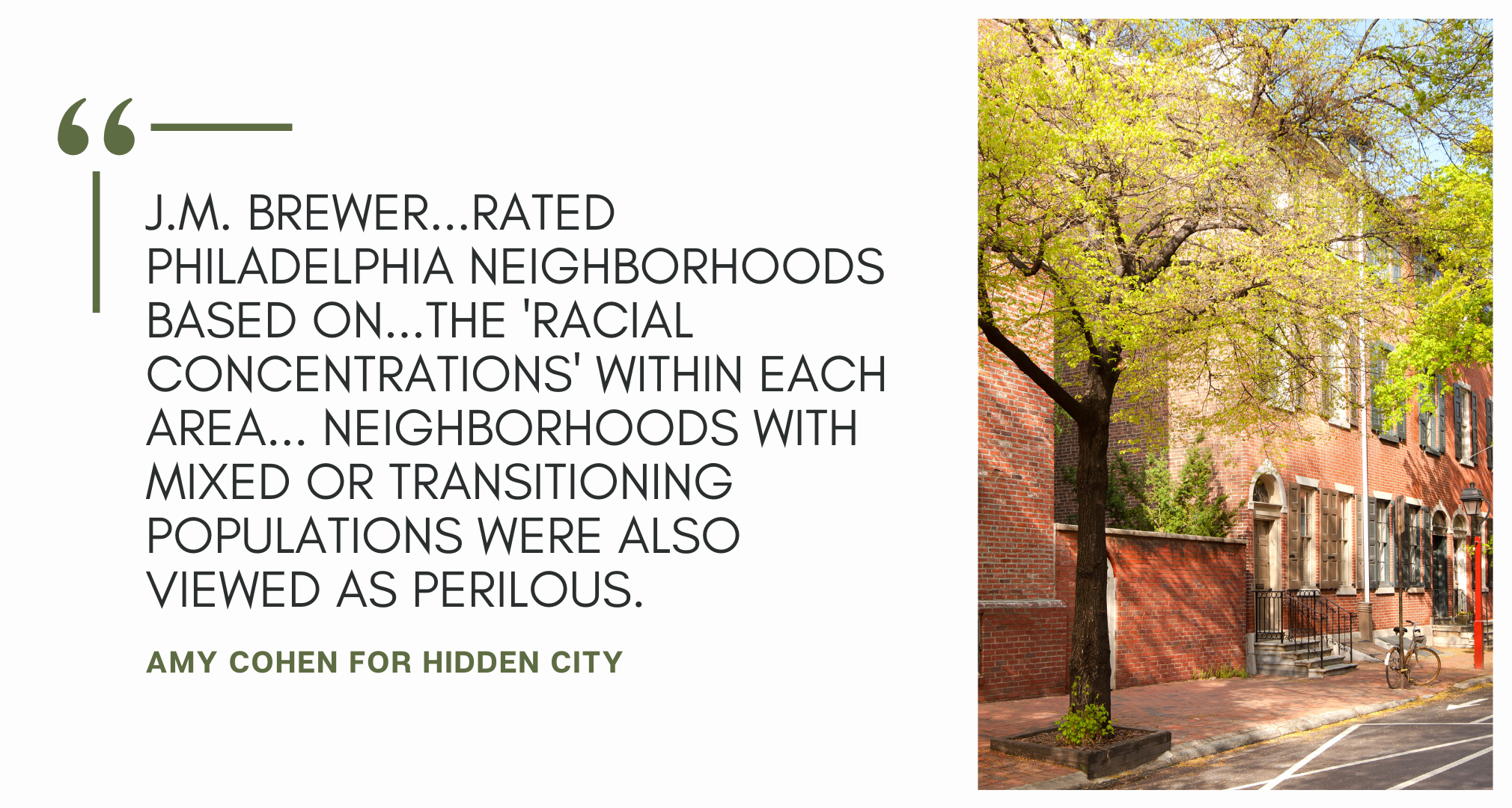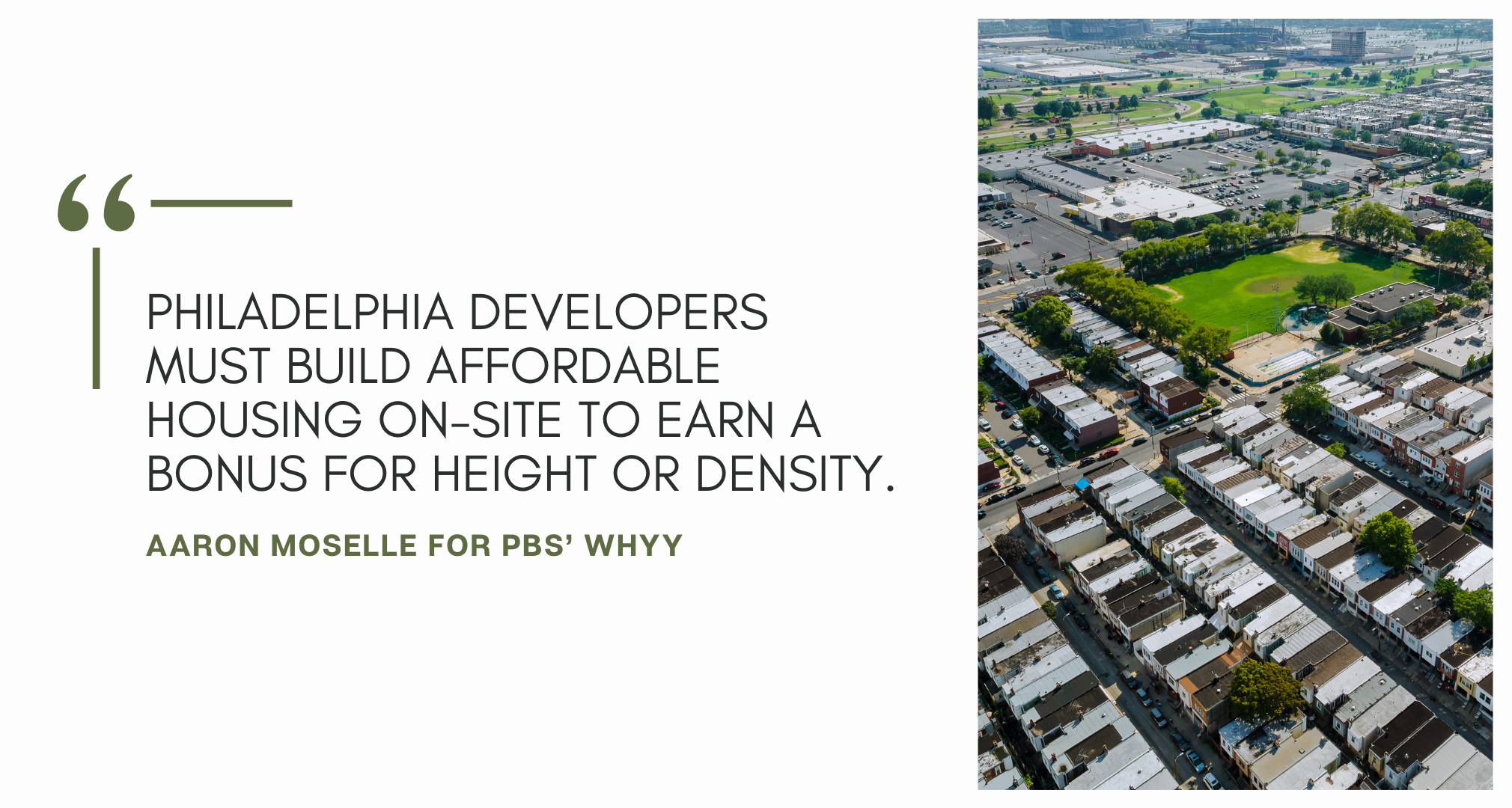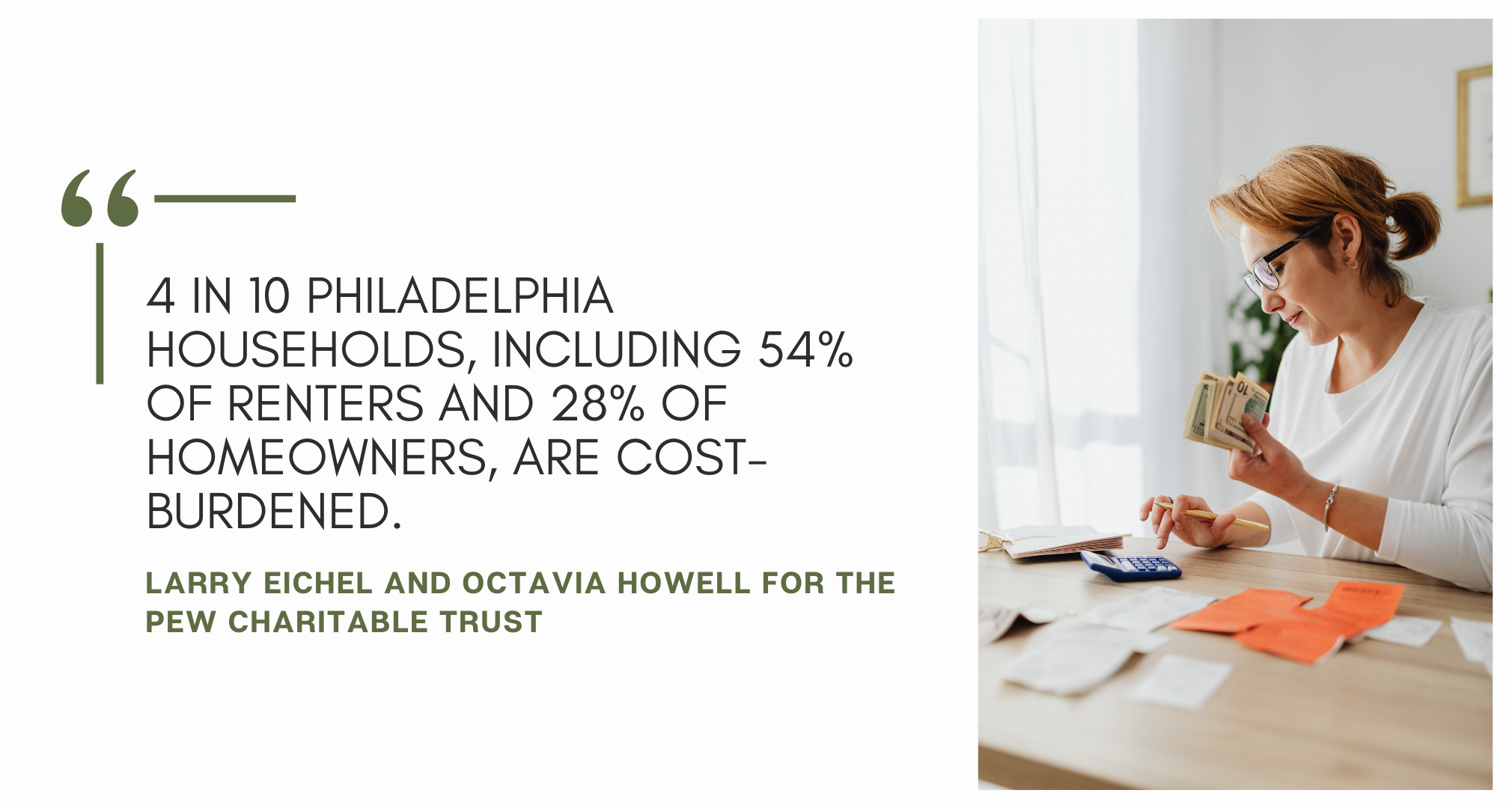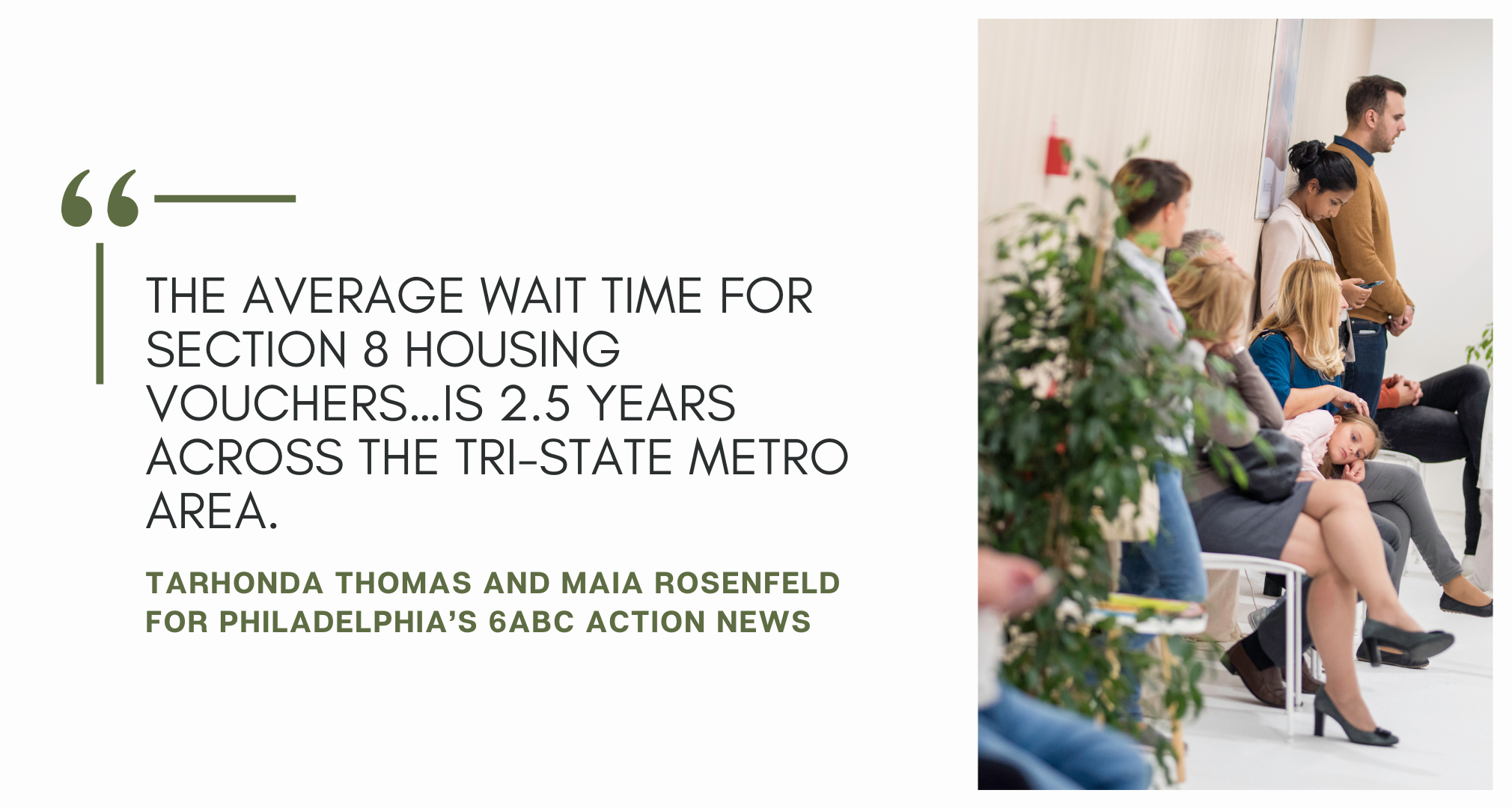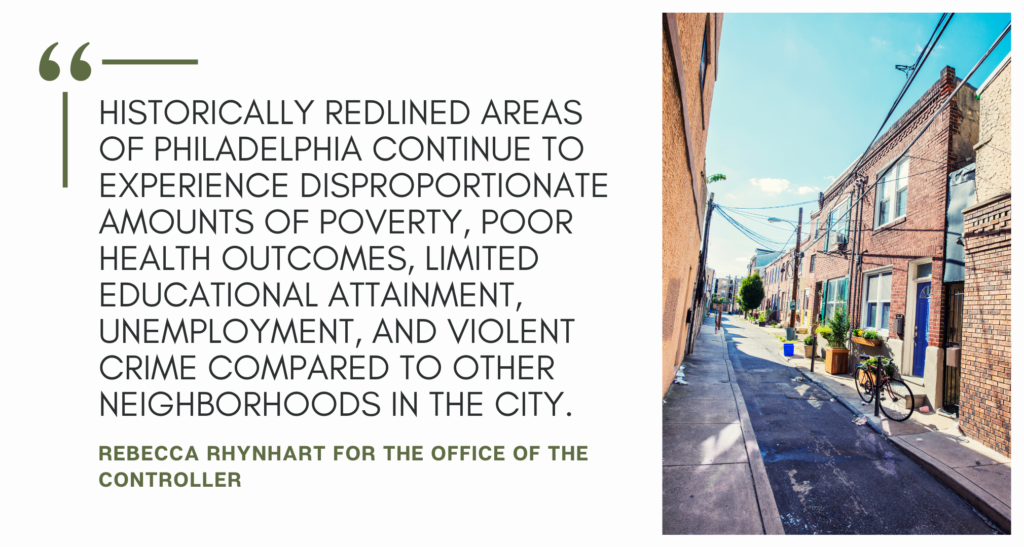A prime example of the benefits of mixed-income housing can be seen through its impact on education. When children from low-income families have the opportunity to live in a neighborhood with access to high-quality schools, their chances of success greatly increase. By creating mixed-income developments that include both market-rate and affordable housing units, we can ensure that families of all income ranges have access to the same educational opportunities.
Furthermore, mixed-income housing can also have positive effects on the overall well-being of all residents — both higher-income residents and lower-income residents. Living in a diverse community allows for increased social interaction and provides opportunities for personal growth. It encourages understanding, empathy, and a sense of belonging among neighbors from different backgrounds. This fosters a strong sense of community and creates an environment where everyone — regardless of income groups — feels valued and supported.
